معرفی
Quick Opening Closures (QOC) are pivotal components in industrial operations, streamlining access to pressurized vessels with ease and efficiency. Industries value these devices for their ability to enhance safety and operational speed. From oil refineries to pharmaceutical plants, QOCs play a crucial role in maintaining continuous, safe production workflows. Moreover, their robust design minimizes downtime, enabling faster maintenance and inspections. As we delve deeper, the versatile applications and benefits of QOC across various sectors become evident, underscoring their significance in modern industry.
Understanding Quick Opening Closure
A Quick Opening Closure (QOC) is a specialized device that provides fast and secure access to pressurized vessels. Essentially, it allows operators to open and close large vessel doors quickly and safely. This mechanism is crucial in industries where time and safety are paramount.
Moving onto its composition, a QOC typically includes several key components. The main body forms the closure’s core structure, offering the necessary strength to withstand internal pressures. Seals are also critical, ensuring airtight closure to maintain pressure and prevent leaks. Locking mechanisms, either manual or automated, offer additional security, ensuring the closure can handle extreme conditions without failure. Finally, safety interlocks protect operators by preventing the opening of the closure under unsafe conditions.
Together, these components ensure that QOC systems operate efficiently and safely, meeting the rigorous demands of various industrial environments.
پارامترهای فنی
| Technical parameters | |
| Nominal Diameter DN: | <1800mm |
| Design pressure PN: | ≤40 مگاپاسکال |
| Working Medium: | oil, gas, water |
| Design Temperature: | -50℃~300℃ |
| Material: | 16Mn,A350LF2, A105, SS304, SS316, F51, F53, F55, INCONEL625, HASTELLOY C |
| Pipe Thickness: | 6mm~100mm |
| بسته شدن سریع باز | ||||
| فشار طراحی | 1.6 مگاپاسکال-30 مگاپاسکال | |||
| کمک هزینه خوردگی | 2 میلی متر | |||
| شدت استحکامات لرزه ای | 7 درجه | |||
| متوسط کار | Oil, natural gas, Water and ore pulp, etc. | |||
| زمان بازگشایی | در عرض 60 ثانیه کمتر از 200 نیوتن | |||
| نوع باز شدن | عمودی یا افقی | |||
How Quick Opening Closure Works
Quick Opening Closures (QOCs) operate on principles designed to facilitate rapid access while ensuring robust safety. These closures integrate simple yet effective mechanics that allow a door or panel to open and close swiftly against the high pressures inside the vessel. Typically, the operator activates a release mechanism, which might involve turning a handle or pressing a button, depending on the design.
The actual opening mechanism can vary. Some QOCs use a threaded design, where rotating the closure unthreads it from the vessel, similar to unscrewing a large bolt. Others employ a lever-operated system that releases a clamp or a series of clamps, allowing the door to swing open once the locking mechanism disengages.
Regarding locking systems, QOCs feature several types to address different safety and operational needs. Threaded caps often use a simple screw mechanism that provides a durable seal but requires more time to open. More sophisticated models might include quick-acting levers or hydraulic systems that can unlock the closure with minimal effort and time. Additionally, safety interlocks are common, preventing the closure from opening if the internal pressure exceeds safe levels.
Thus, QOCs combine advanced engineering with practical design to ensure they meet the stringent requirements of industrial environments, enhancing both efficiency and safety.
Types of Quick Opening Closures
Quick Opening Closures (QOCs) come in various types, each designed to meet specific operational and safety requirements. The three main types are threaded, clamp, and band closures, each offering unique advantages.
Threaded Type Closures are among the most traditional designs. These closures work similarly to a jar lid; rotating the closure engages or disengages the threads, securing or releasing the seal. This type is known for its reliability and strength, making it suitable for high-pressure environments. However, they can be time-consuming to operate, as they require multiple turns to open fully.
Clamp Type Closures provide a quicker opening solution. These utilize a hinged clamp that locks into place with a few motions. Operators typically close the clamp and secure it with a pin or a bolt, which is much faster than threading. This type is particularly popular in applications where frequent access to the inside of the vessel is necessary. The ease of operation significantly reduces downtime during maintenance or inspections.
Band Type Closures feature a band that wraps around the circumference of the closure and tightens to create a seal. This design allows for even distribution of pressure, which is crucial in maintaining seal integrity under varying pressures. Band closures are often used for larger vessels where uniform sealing pressure is necessary to prevent leaks. They are quick to operate, usually involving the tightening or loosening of a single large bolt.
Each type of QOC has its place in industrial applications. The choice depends on factors like the frequency of access required, the working pressure within the vessel, and the physical size of the closure. Threaded types offer durability, clamp types speed, and band types an effective seal for larger openings. Understanding these options allows industries to optimize their operations, balancing speed, safety, and accessibility according to their specific needs.


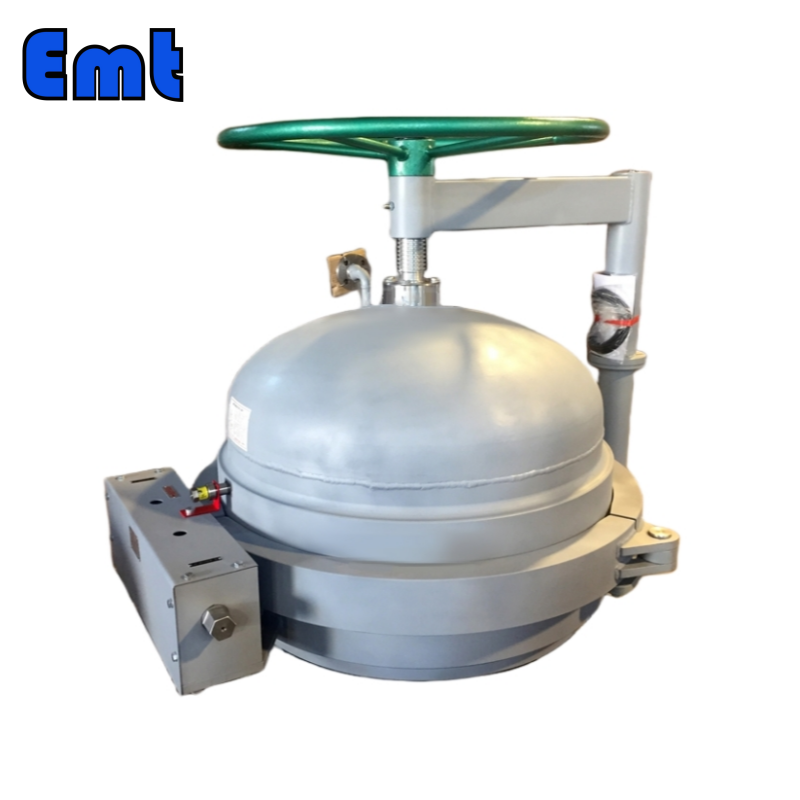
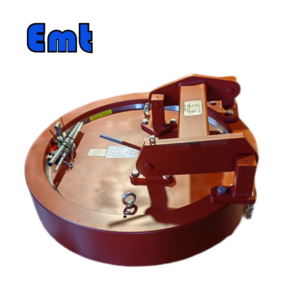
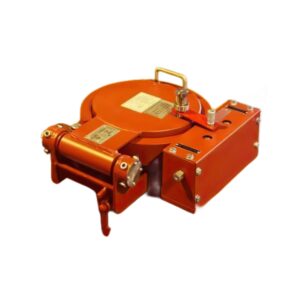
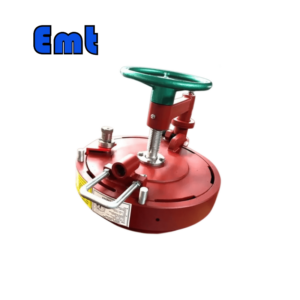
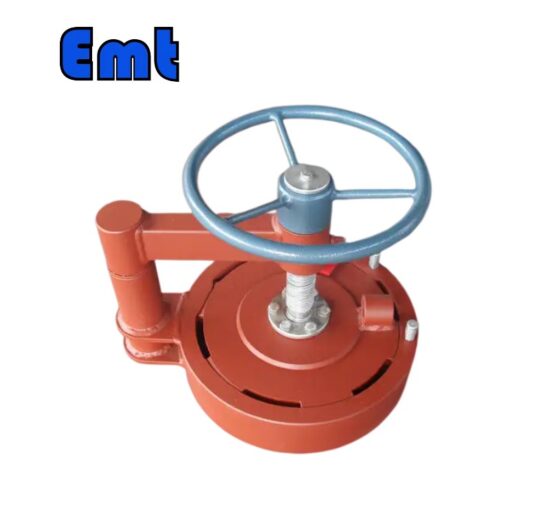
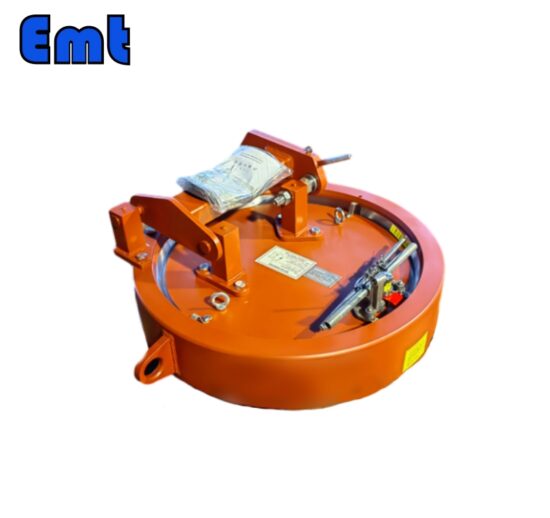
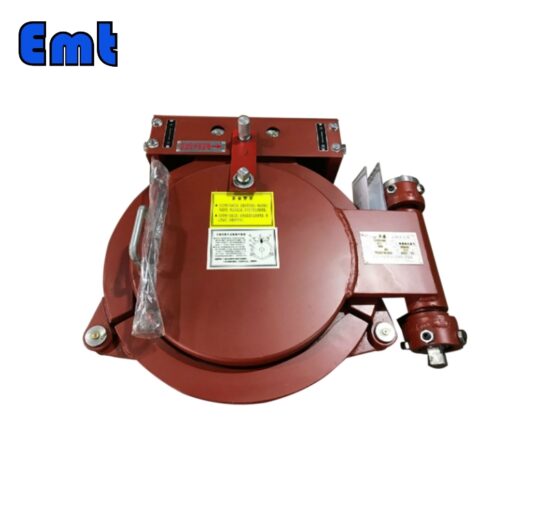
هنوز هیچ بررسی وجود ندارد.